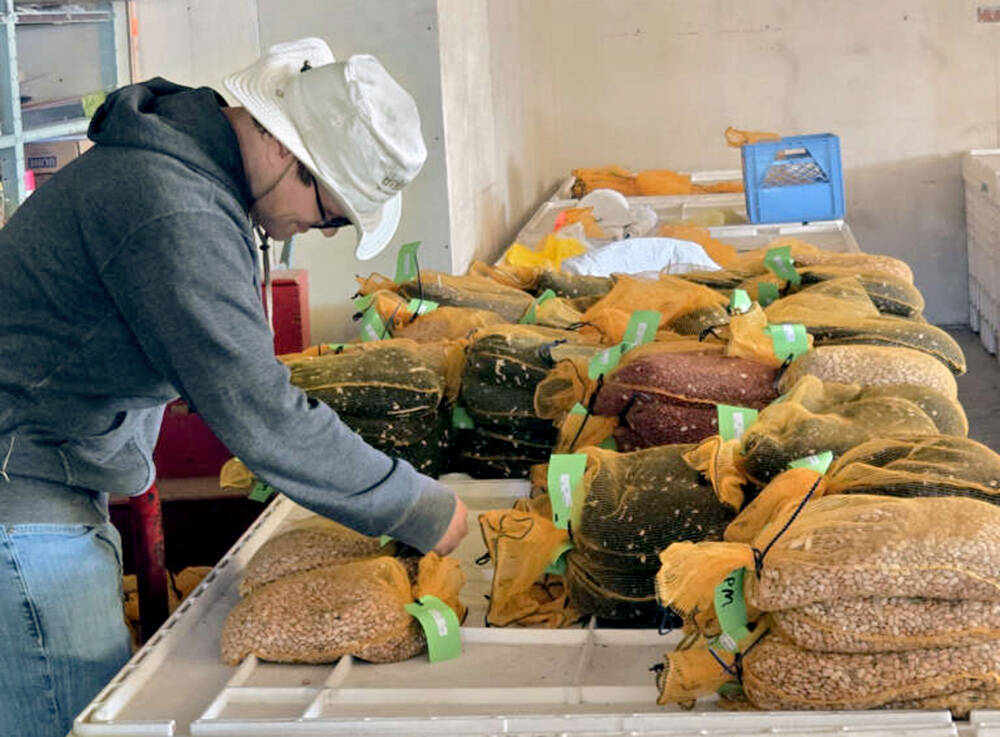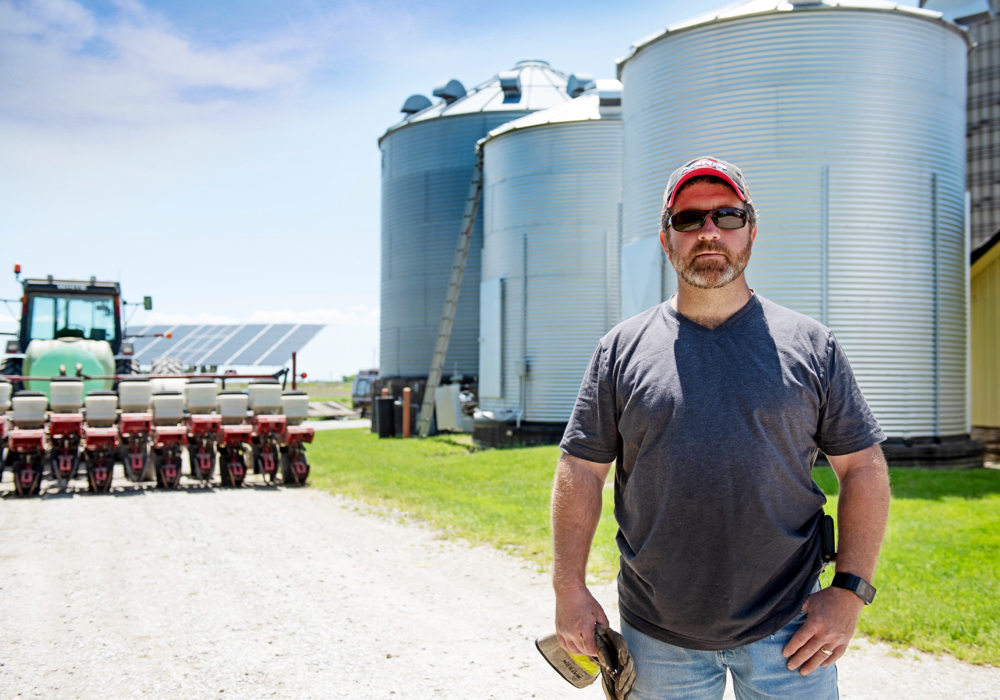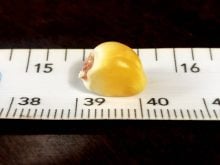Last year’s deoxynivalenol (DON)-infected corn crop has been successfully sold and shipped — albeit at discounted returns for farmers.
The specific destinations of that corn, discounts endured by producers and timing of sales have varied.
Why it matters: The past six months show large volumes of vomitoxin-infected corn can be moved despite reduced returns for farmers.
“I got rid of most of it basically at harvest. I didn’t really store any,” says Maurice Chauvin, a grain farmer from Pointe-aux-Roches.
Chauvin says about 80 per cent of his 2018 corn crop had vomitoxin levels of more than five parts per million (ppm). Corn comprised about 30 per cent of his acreage overall. This caused him to reverse his usual harvest plan by delivering corn wet rather than drying first. Most of Chauvin’s corn was accepted by Great Lakes Grain, the marketing arm of Southwestern Ontario’s Agris Co-operative Ltd.
However, about 4,000 bushels of his crop were rejected and had to be stored on farm until another avenue opened. This came when IGPC Ethanol Ltd. began periodically accepting quantities of high-DON corn.
“There’s still a significant discount. (It’s) basically three-dollar corn,” he says.

Chauvin’s story was repeated across the province as pockets of corn showed up with high levels of DON, caused by ear-mould infection, after a damp and warm late summer provided perfect conditions to grow mould on corn kernels.
Most corn blended and shipped
Don Kabbes, general manager for Great Lakes Grain, says last year’s high-vomitoxin corn has, for the most part, been mixed and moved by buyers. As reflected by Chauvin’s case, he says IGPC and other ethanol manufacturers, as well as some Hamilton-based exporters, were the primary actors.
Ontario corn has been in high demand around the world as some purchasers have avoided American corn due to trade challenges. As a result, despite all the DON-infected corn that had to be moved, Farmtario market’s columnist Jerry Klassen, expects Ontario to have record-low stocks after this coming harvest, which also shows that most of the corn in the system has been moved. The lack of corn planted by early June is also a concern for corn supply.
Read Also

Bean research breeds community giving
University of Guelph dry bean researcher Dr. Mohsen Yoosefzadeh Najafabadi champions sustainability by donating surplus breeding program beans to support food security and community art initiatives.
The buyers, Kabbes says, were taking corn with infection rates of seven and eight ppm. He adds his company started taking corn at this level early in the harvest season because they believed buyers would be found.
“Everybody is taking some. Certainly at a discount, but it is moving through,” he says.
The increase in corn prices over the past month has also pulled up the price for the remaining DON-infected corn.
Testing questions persist
For Chauvin, as with many corn producers, the testing standards used to identify vomitoxin infection were a notable source of frustration — with some receivers doing a better job of taking larger, more representative samples of each load. Kabbes also says this was a problem, although one his company tried to remedy by enforcing more standardized sampling methods at each location.
“You’re kind of at the mercy of whoever,” Chauvin says. “I think last year had a big learning curve.”
Kabbes adds ongoing efforts to learn from last year at the farm and elevator level, as well as in the research world, should help address similar problems in the future.
“As we move into the future with our weather events, I think VOM is something that’s not going to go away,” he says.
Several other steps have been taken by the industry to better understand and manage the risk of DON infection. The Ontario Corn Committee is conducting corn hybrid infection trials in order to give farmers more tools to make hybrid choices. This information has only been anecdotal in the past.
Grain Farmers of Ontario is leading a research project, being conducted at the University of Guelph’s Ridgetown College to develop a DON weather risk forecasting program, like DONcast for wheat.
DON by the numbers
Many farmers made crop insurance claims to Agricorp related to DON-infected corn, some for a salvage payment and some to destroy acres of corn that made little sense to harvest.
- Claims from “plant peril disease” equaled $36.7 million.
- Of “plant peril disease” claims:
- $15.2 million arose from production loss claims;
- $21.5 million resulted from salvage claims.
- Acreage eligible for zero-yield status if the corn crop was destroyed was 25,000 acres, with 18,900 acres confirmed as destroyed.
- Total insurance claims for corn in 2018 totalled $42.7 million.













